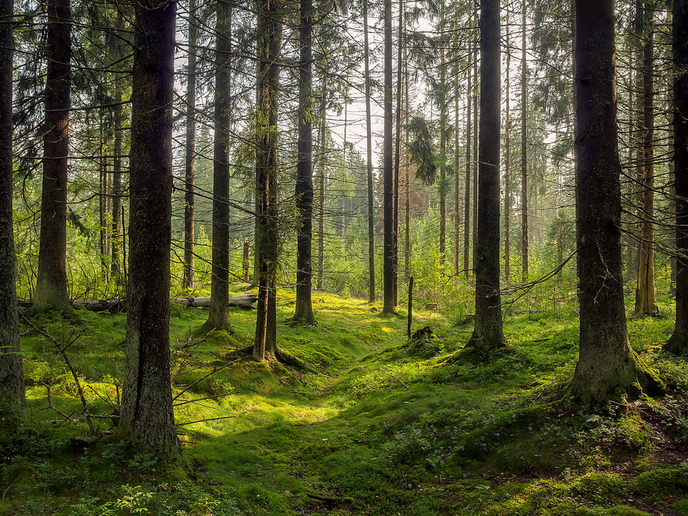Understanding the understorey of forests in a changing climate
Climate change is already having dramatic impacts on many of the world’s ecosystems. A whole range of biological communities, including birds, butterflies, fish and plants, are unable to keep pace with the warming temperatures. “Many species can simply not react or move fast enough to follow the warming of temperatures,” says Pieter De Frenne(opens in new window), professor from the Forest & Nature Lab(opens in new window) at the Department of Environment, Ghent University and FORMICA(opens in new window) project coordinator. These effects are being seen across a range of ecosystems, from mountains to forests. In the FORMICA project, which was funded by the European Research Council(opens in new window), researchers investigated the role of the forest understorey – the layer 1 m above the surface of the soil – in shielding local communities from the impacts of climate change. This layer is below tall trees and shrubs and is well sheltered from external influences, making it a particularly interesting microclimate to study. “The trees cast shade and transpire water, which results in cooler daytime temperatures below tree canopies inside forests than outside forests,” explains De Frenne. “And this cooling of the understorey can buffer the species that live in the understorey from climate change.”
Investigating understoreys in temperate forests across Europe
The researchers set up an observatory system to monitor plant data at individual, population, species, community and ecosystem level. A plot network was established in sites stretching from Italy to Norway, across nine different climatic regions. The team measured 4 300 herbaceous plants – their height, leaf area and biomass, and how much nitrogen they contain – and over 4 000 trees across Europe. FORMICA also used an experimental transplant operation to study the effects of forest microclimate on understorey plants. In forests in Belgium, Italy and Sweden, the researchers created artificial climates for transplanted plants using innovative in situ heating and illuminating systems. Using the data gathered in these experiments, the FORMICA project also used a series of advanced models to calculate an in-depth climate-change impact assessment for temperate forest understorey biodiversity.
Shedding light on understorey resilience
Through several strands of the project, the team showed that understorey microclimates are indeed key and can be used by forest managers to buffer forest species from the negative impacts of climate change. “We showed that changes in microclimate and light due to tree canopy openings, for example because a gap is created when a tree is cut or dies, amplify climate change impacts on forest biodiversity, while shady forest floors due to dense tree canopies mitigate warming impacts,” adds De Frenne.
Successful science and dissemination
Several PhD students wrote their PhD dissertations entirely on the project, and several postdocs worked on it for a few years. FORMICA collaborated on guidelines for ‘climate-smart’ forest management in Belgium, including a movie(opens in new window) (website in Dutch) in which they explain best practices. The team also made a podcast(opens in new window) (website in Dutch) with an educational package for children to educate them on the importance of forests and microclimate. Another of the project findings – that forest edges contain more carbon and that small forest patches should not be neglected – was presented in a paper for 9-15-year-old children in the journal ‘Frontiers for Young Minds’(opens in new window). “Our results show that microclimate and forest density emerge as powerful tools for forest managers and policymakers to shelter forest biodiversity from climate change,” concludes De Frenne.







